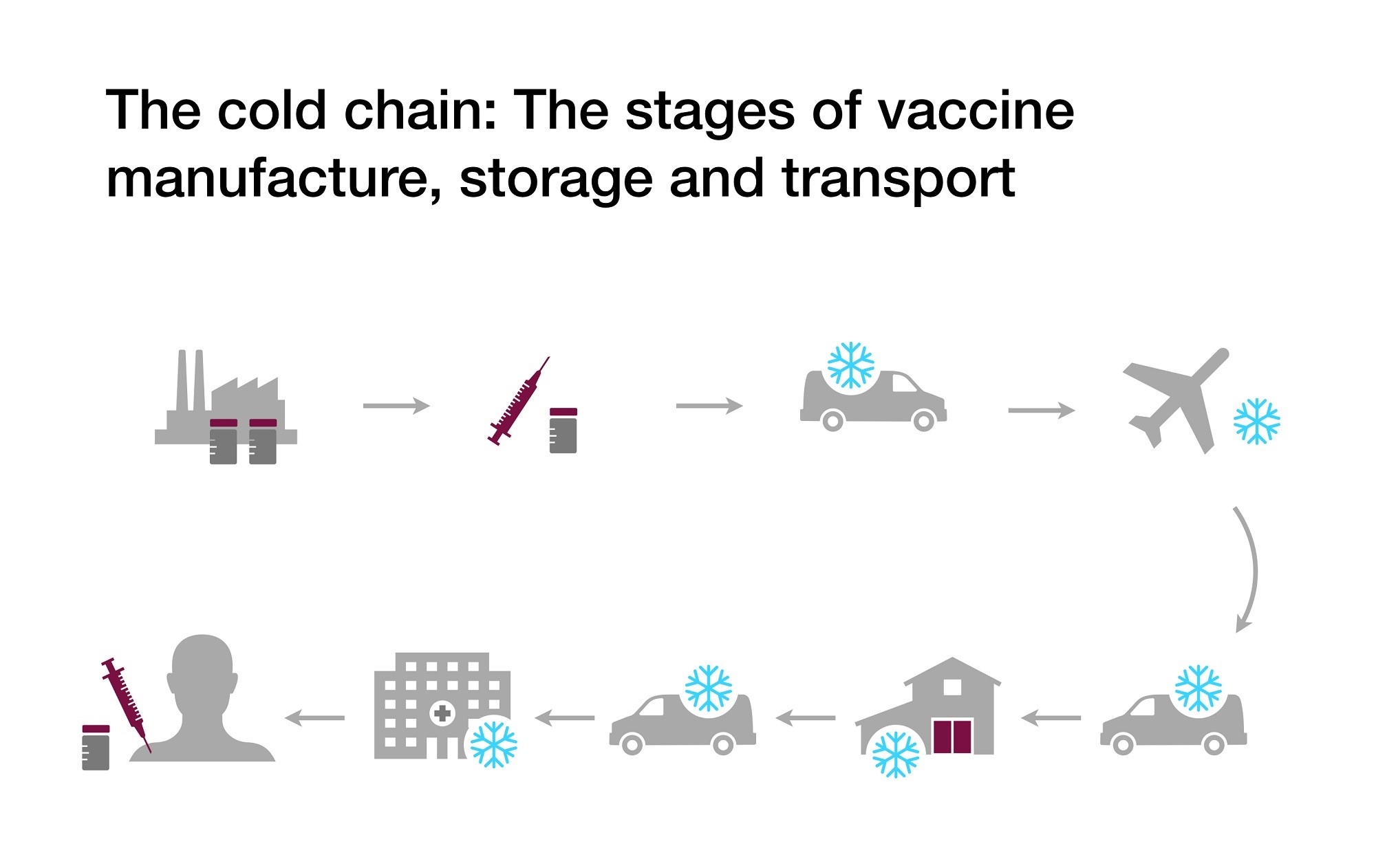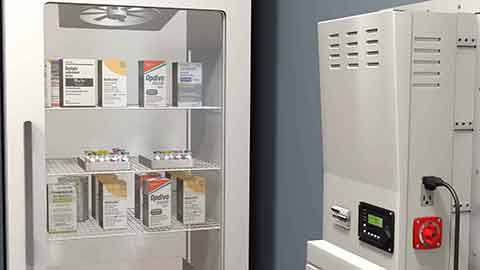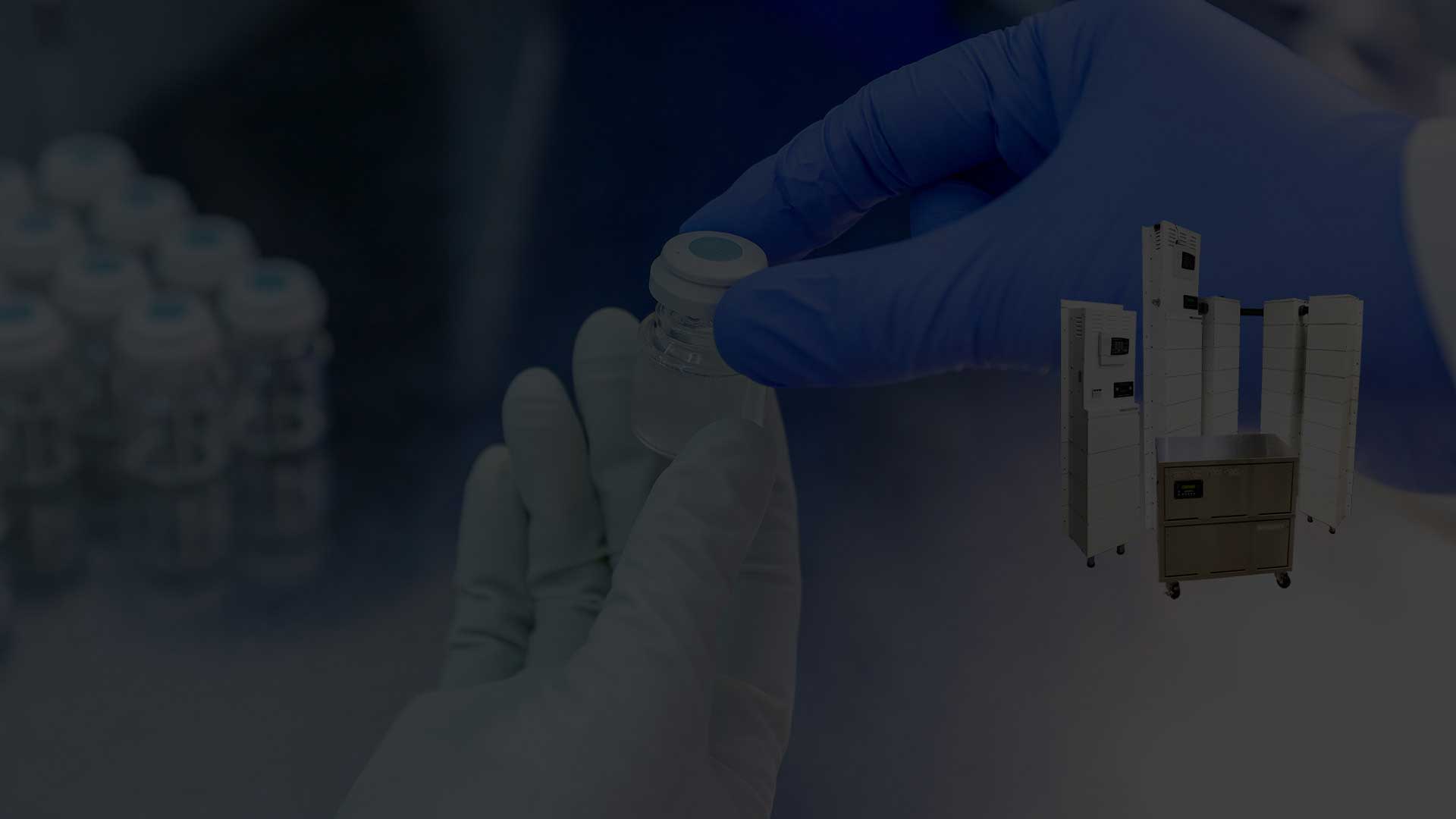Vaccine Storage |
March 13, 2024
| Medi-Products
Vaccine Transportation
If you own a medical facility or run one, you may need to transport your vaccines and diluents for different reasons. These reasons may range from sudden power outages to equipment failure to natural disasters. Alternatively, you may simply need to move vaccines from one facility to another if your practice has multiple facilities.
How Do you Transport Vaccines Safely With Minimal Temperature Excursions?
So you have prepared your vaccines and diluents for transport. You have packed them carefully in vaccine cooling containers in a way that eliminates or minimizes temperature excursions. How do you ensure that your vaccines remain in the optimal temperature range throughout the journey and arrive at their destination intact?
This article discusses all you need to know about vaccine transport and ensuring that your vaccines get to their destination with little or no temperature excursions.
Vaccine Transport: Dos and Don’ts
Let's get this significant point out of the way first: you need to have developed your vaccine transport SOP long before you need to transport the vaccines. Vaccine packing and transport protocols should be in your routine and emergency storage and handling SOPs. This way, you know exactly what to do when transporting your vaccines in an emergency.
Now that we've got that out of the way let's get into the meat of the matter. When transporting vaccines, the most critical point to labor over is preserving the cold chain.
What is the Cold Chain, You Ask?
The "Cold Chain" is a series of precisely coordinated events in temperature-controlled environments targeted at storing, managing, and transporting vaccines. If the cold chain is disrupted, the vaccines’ viability is endangered, rendering them potentially useless.

When transporting vaccines, you may use either a portable vaccine refrigerator with a temperature monitoring device placed with the vaccines or suitable containers or coolers, with TMDs placed in each of them.
You can also buy coolants at 4oC to 5oC to maintain proper temperatures. However, frozen gel packs or coolant packs from the original vaccine shipments are unsuitable. They can still freeze vaccines, even if you have conditioned them, or they appear to be “sweating”.
Please click here (will be published soon) to learn more about conditioning frozen packs and the effects of coolant packs from the original shipment on vaccines.
What To Do When Transporting Vaccines
- Have your staff “pre-trained” on packing vaccines, and identify primary and backup vehicles and drivers for transport in advance.
- Check with the alternative storage facility to know whether they have enough space to accommodate your vaccines and whether they have a power supply or an emergency power supply system.
- If you have many vaccines or need to transport your vaccines over a long distance, you may consider renting a refrigerated truck instead of using vaccine containers.
- Take an inventory of the vaccines you are transporting and record every action taken to protect them during transport. This includes every protective measure you put in place, such as conditioned water bottles, battery-powered TMDs, etc.
- Only open the unit door or vaccine container lid when you have completed all preparation for packing and moving the vaccines, or power has been restored.
- If you will be using a personal or company vehicle, be sure to transport the vaccines inside the passenger compartment. DO NOT transport them in the trunk of a car or the bed of a truck. They may be too hot or too cold.
- Move vaccine transport containers directly to a vehicle that is already at a comfortable temperature, not too hot or too cold.
- Please DO NOT leave the containers in areas where they may be exposed to direct sunlight.
- Check the vaccines' temperature upon arrival at their destination, and store them at recommended temperatures immediately.
When You Are Transporting Opened Multi-dose Vials
It is not advisable to transport opened multi-dose vials. However, you may transport them if absolutely necessary as long as you keep the cold chain adequately maintained. However, you cannot transfer a partially used multi-dose vial across state lines.
When You Are Transporting Diluents
Please ensure that you transport diluents with their corresponding vaccines so that equal amounts of vaccines and diluents will always be available for reconstitution.
Suppose you typically store your diluents at room temperature (20oC to 25oC). In that case, you may want to consider having some kept in your refrigerator for situations where you need to transport them with vaccines.
This is because transporting diluents stored at room temperature with vaccines will negatively impact the vaccines’ temperature. They will raise the vaccine container temperature.
However, DO NOT freeze diluents, not even while transporting them. Also, place an insulating barrier like a bubble wrap between the diluents and conditioned water bottles or phase change materials.
When You Are Transporting Frozen Vaccines
If you must transport frozen vaccines, do so in a portable freezer unit or suitable container and packout that keeps temperatures between -50oC and -15oC.
- Place a temperature monitoring device, preferably with a buffered probe, in the container as close to the vaccines as possible.
- Unpack and place the vaccines in a freezer at temperature ranges between -50oC and -15oC immediately after getting to your destination. Any stand-alone freezer that maintains this temperature range will work.
- Record the time you removed the vaccines from their storage unit and placed them in the transport container, the temperature during transport, and the time when you got to your destination and placed the vaccines in a stable storage unit.
Note: dry ice is unsuitable even for temporary storage, as it might expose the vaccines to temperatures colder than -50oC.
How To Monitor Temperatures During Vaccine Transport
- Use a continuous temperature monitoring device, preferably a digital data logger, to monitor temps while in transit. The TMD should have a +/-0.5oC accuracy.
- Place a buffered probe material in a sealed vial directly with the vaccines.
- Keep the TMD display on top of the vaccines, preferably on the container lid, to easily see the temperature.
- Record the time, minimum and maximum temperatures at the beginning of transport.
Monitoring Temperature Vaccines After Transport
Store vaccines in an appropriate storage unit immediately you get to your destination. Ensure that you store the vaccines with a TMD and follow the following guidelines for monitoring and recording storage unit temperature:
- Check whether the device displays the minimum and maximum temperatures and record your findings.
- If it does not, check and record the current temperature at least two times (the start and end of the workday).


